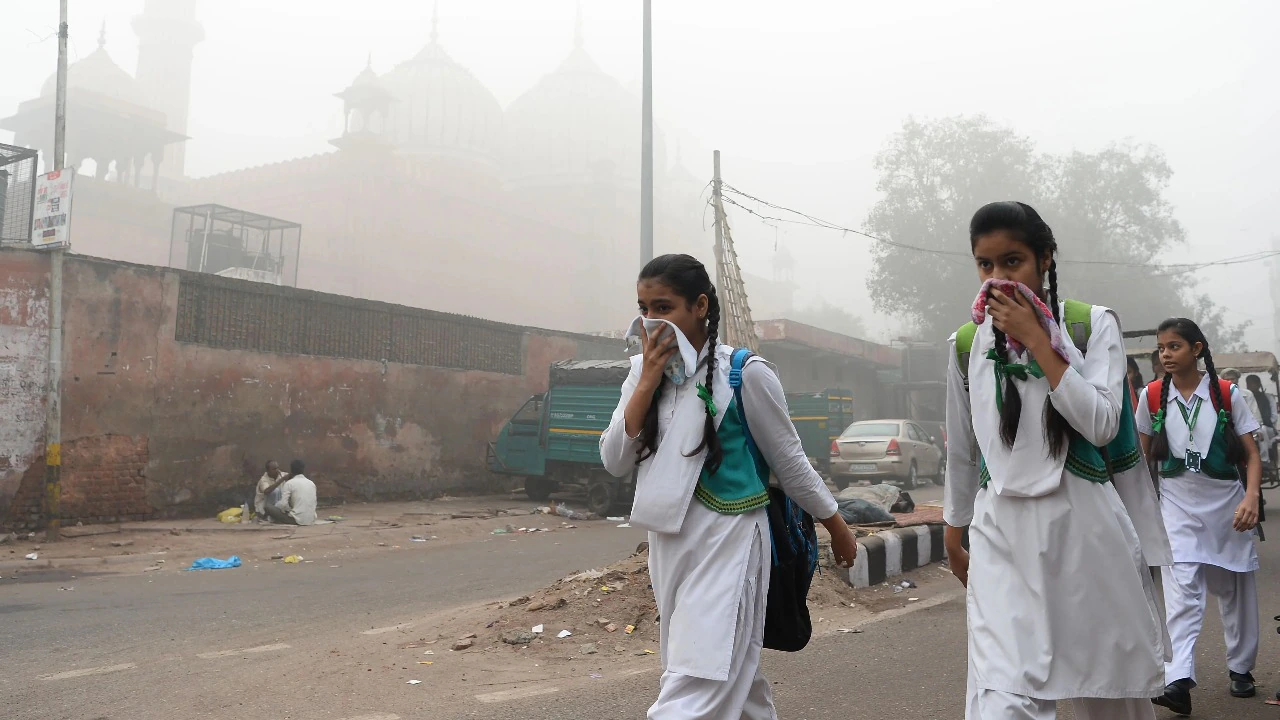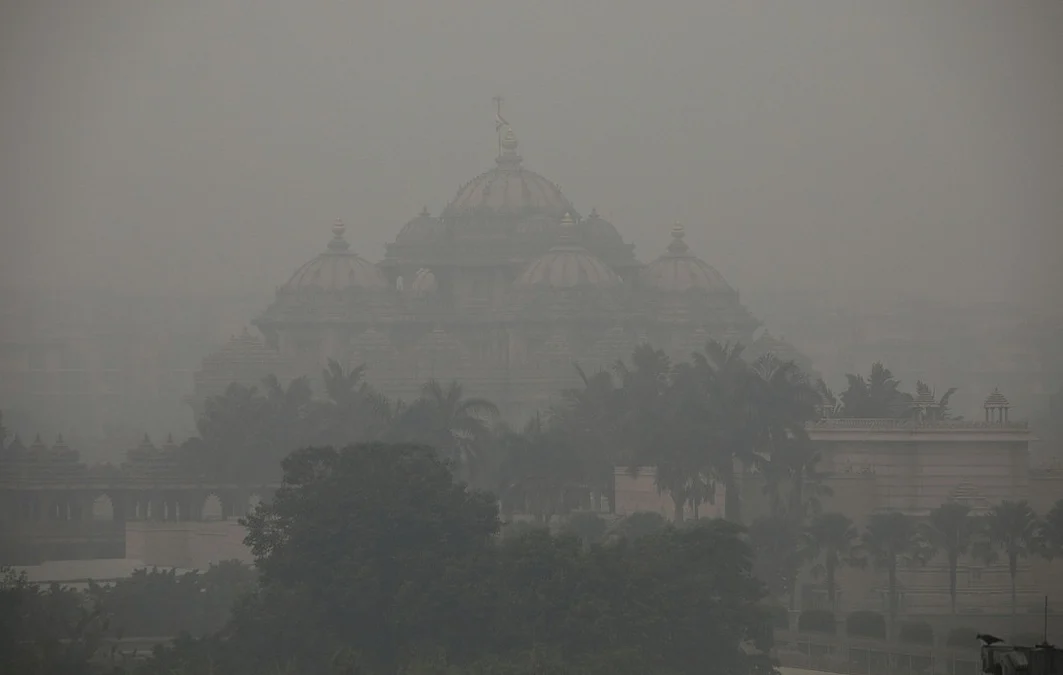Copyright indiatoday

Is spending crores for a drizzle, that too for an initiative with a historically low success rate, worth it? That's the question being asked by environmentalists after three cloud seeding attempts in Delhi failed to induce artificial rain in a bid to tackle the city's worsening air pollution.The Delhi government, in collaboration with IIT Kanpur, has conducted three trials to date, one on October 23 and two on October 28, with none producing any significant rain in the capital. CLOUD SEEDING: AN EXPENSIVE AFFAIRAccording to IIT Kanpur director Manindra Agarwal, the overall cost of the two trials on October 28 -- conducted over 300 sq km -- was about Rs 60 lakh. It translates to roughly around Rs 20,000 per sq km.For five such trials during the winter, when Delhi's air turns toxic and dust blurs the skyline, the Delhi government allocated a budget of Rs 3.21 crore. However, Delhi Environment Minister Manjinder Singh Sirsa said IIT Kanpur would conduct up to nine trials from this budget..preferred-source-banner{ margin-top: 10px; margin-bottom:10px;}If we do a simple calculation, nine trials for Rs 3.21 crore come to around Rs 35.67 lakh per trial. So, with three trials already completed, a sum of Rs 1.07 crore has already been spent without Delhi even seeing a drop of rain.The IIT Kanpur director, however, acknowledged that the current cost per attempt was a "little high", citing fixed expenses such as aircraft maintenance, pilot fees, and high fuel costs for flights between Kanpur and Delhi, which are around 400 km apart.Agarwal stressed that costs would come down if flights operated from Delhi and cloud seeding were conducted over a larger period. He estimated that cloud seeding over the national capital for the entire winter season would cost around Rs 25-30 crore."If the trials are conducted over the entire winter season, and it is assumed that clouds appear once in 10 days, the cost would come to around Rs 25 crore to Rs 30 crore," the IIT Kanpur director said.Agarwal said the amount was "not very substantial" if seen from the perspective of Delhi's overall pollution-control budget of around Rs 300 crore. However, for a stopgap measure such as cloud seeding, whose efficacy in cleaning toxic air is questionable, the amount is significant.Add to it other miscellaneous expenses like modifying an aircraft for cloud seeding, logistics, and other preparatory arrangements. Presently, no aircraft in India comes equipped for cloud seeding.Moreover, consumables and equipment like flare rack (which disperses the silver iodide mixture), cloud condensation nuclei (CCN), scanning mobility particle sizer, microwave radiometer, radiosonde balloons and sensors cost around Rs 5.30 crore. Pilot fees, crew charges and their insurance are separate, making the whole operation a costly affair.LOW SUCESS RATE, NO SCIENTIFIC BASISHowever, its low success rate in combating pollution and little scientific basis have prompted experts to question whether cloud seeding is worth its soaring price tag. Moreover, it is also difficult to gauge the efficacy of cloud seeding as there is no way to differentiate normal rain from artificial rain during a downpour.In the case of Delhi, the cloud seeding experiment was bound to fail. Authorities cited insufficient moisture content in the clouds for its failure.On Tuesday, the moisture content in the clouds was around 10-15%. A minimum of 50-60% humidity is needed for any chance to make it rain. But, finding rain-bearing, moisture-laden clouds during winter is like looking for a needle in a haystack.The winter months in Delhi are typically very dry. Any meaningful rain usually occurs due to western disturbances. But that is quite rare.Now, whether the authorities considered these factors before going ahead remains a mystery.Delhi's first cloud-seeding experiment was carried out in 1957, followed by another attempt in 1972. However, those experiments were aimed at drought management. Tuesday's cloud seeding attempt was the first time to control pollution.Andhra Pradesh, a rain deficit area, has also conducted cloud seeding experiments between 2004-2009 to tackle drought. However, the results were unsatisfactory. Data shows that in those six years, Andhra spent a whopping Rs 119 crore over cloud seeding.NOT A LONG-TERM FIX TO DELHI'S WOESClimate experts have called out the Delhi government over its temptation to engineer a shortcut to fix air pollution rather than work on long-term, proven solutions."It is an expensive affair, costs Rs 1 lakh per sq km, which comes to approximately Rs 15 crore each time Delhi gets its rain through cloud seeding, given that the total area of Delhi is approx 1500 sq km. And each of these artificial rains, at best, can reduce pollution for a day or two. And yet, the spectacle continues in the name of governance," tweeted environmentalist Vimlendu Jha.A former secretary in the Home Ministry, Sanjeev Gupta, asserted that scientific protocols must take precedence over political directives. "It is exorbitant in terms of cost and limited in terms of days of efficacy on pollution," Gupta tweeted.Delhi's pollution crisis in winters is complex and deeply entrenched, requiring a multi-pronged effort and long-term solutions as a host of factors are at play, with stubble burning from neighbouring states being among them.Quick fixes like cloud seeding have a long history of failing to deliver. It is nothing more than an expensive gamble.- EndsPublished By: Abhishek DePublished On: Oct 30, 2025



